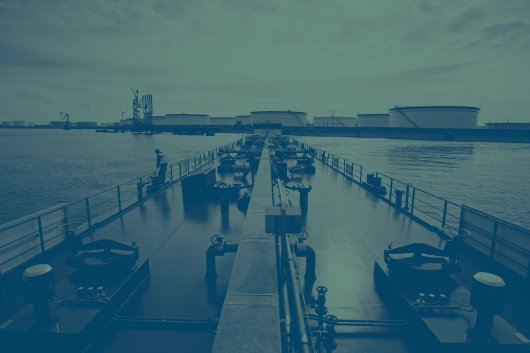EUR 2.6m funding to develop world's largest rotor sail
Larger Flettner rotor will equate to significant annual fuel savings, says developer.
Norsepower Oy Ltd., a leading provider of low maintenance, software operated, and data verified auxiliary wind propulsion systems, has announced that it has been selected to receive EUR 2.6 million in funding to further its research and development of the Norsepower Rotor Sail Solution technology. The new models of the technology will include the world's largest ever Flettner rotor.
Awarded by both the European Commission, and the Finnish Government's funding agency for Innovation, Tekes, the funding will be used by Norsepower to optimise its rotor sail solution to deliver greater fuel savings and an enhanced ROI.
According to Norsepower, the new rotor sail models will be ideally suited for tankers, bulk carriers, large ro-pax, and full- size passenger vessels where smaller rotor sails would be inefficient for achieving the most significant fuel savings. The new models will be designed to be suitable for ships voyaging globally, including the Northern Hemisphere and Arctic regions that have not yet seen auxiliary wind propulsion despite having favourable wind conditions. The rotor sail model is planned to be 30 metres in height and 5 metres in diameter, with a maximum main-engine equivalent power output of more than four megawatts (MW).
Funding from Tekes will also support the development and inclusion of multi-functional features within the system that may have otherwise not been possible, and is expected to accelerate the new rotor sails' time to market. Additionally, the European Commission funding, which Norsepower has been selected to receive from the EU under its Horizon 2020 Framework Programme for Research and Innovation, will support manufacturing, assembling, land testing, fine tuning, and piloting of Norsepower's medium-size (24m in height x 4m in diameter) rotor sail model.
Commenting on the funding, Tuomas Riski, Norsepower CEO, said: "We are extremely grateful to Tekes and to the European Commission. Their decisions are a clear vote of confidence in Norsepower's ability to realise the commercial potential of our Rotor Sail Solution. We intend to use this recognition and the momentum we have now created to accelerate its development and create the world's largest rotor sail capable of bigger emissions reductions and better fuel savings."
The Norsepower Rotor Sail Solution, which can be installed on new vessels or retrofitted on existing ships without off-hire costs, is a modernised version of the Flettner rotor - a spinning cylinder that uses the Magnus effect to harness wind power to generate forward thrust. The solution is fully automated and senses whenever the wind is strong enough to deliver fuel savings, at which point the rotors start automatically.
According to Norsepower, independent data analysis indicates that up to 25 percent fuel savings per year can be achieved on routes with favourable wind flows, sufficient sized rotor sails, and appropriate service speed. The technology has been used in a commercial environment, with two small units of Norsepower's rotor sails installed on board Bore's M/S Estraden - a 9,700-deadweight-tonne (dwt) ro-ro carrier. Measured and independently verified by NAPA, the maritime data analysis, software and services provider, the Rotor Sail Solution is said to have delivered reductions in fuel consumption of 6.1 percent for the Estraden.
Commenting on the technology, Jarkko Vainamo, CTO at Norsepower, said: "Our rotor sails have the power to reinvent the existing market and make auxiliary wind propulsion a natural choice for merchant shipping. What is really exciting for us is the ability to leverage our existing knowledge and expertise to continue to offer an easy to use, hybrid propulsion solution that enables significant fuel savings and emissions reductions."
The rotor sails are typically delivered as part of a full-service solution that includes both delivery and maintenance of the hardware and software components.
Each of Norsepower's rotor sails is made using lightweight composite sandwich materials. They also comply with the strictest health and safety standards, and are robust enough for all weather conditions, Norsepower says.
Awarded by both the European Commission, and the Finnish Government's funding agency for Innovation, Tekes, the funding will be used by Norsepower to optimise its rotor sail solution to deliver greater fuel savings and an enhanced ROI.
According to Norsepower, the new rotor sail models will be ideally suited for tankers, bulk carriers, large ro-pax, and full- size passenger vessels where smaller rotor sails would be inefficient for achieving the most significant fuel savings. The new models will be designed to be suitable for ships voyaging globally, including the Northern Hemisphere and Arctic regions that have not yet seen auxiliary wind propulsion despite having favourable wind conditions. The rotor sail model is planned to be 30 metres in height and 5 metres in diameter, with a maximum main-engine equivalent power output of more than four megawatts (MW).
Funding from Tekes will also support the development and inclusion of multi-functional features within the system that may have otherwise not been possible, and is expected to accelerate the new rotor sails' time to market. Additionally, the European Commission funding, which Norsepower has been selected to receive from the EU under its Horizon 2020 Framework Programme for Research and Innovation, will support manufacturing, assembling, land testing, fine tuning, and piloting of Norsepower's medium-size (24m in height x 4m in diameter) rotor sail model.
Commenting on the funding, Tuomas Riski, Norsepower CEO, said: "We are extremely grateful to Tekes and to the European Commission. Their decisions are a clear vote of confidence in Norsepower's ability to realise the commercial potential of our Rotor Sail Solution. We intend to use this recognition and the momentum we have now created to accelerate its development and create the world's largest rotor sail capable of bigger emissions reductions and better fuel savings."
The Norsepower Rotor Sail Solution, which can be installed on new vessels or retrofitted on existing ships without off-hire costs, is a modernised version of the Flettner rotor - a spinning cylinder that uses the Magnus effect to harness wind power to generate forward thrust. The solution is fully automated and senses whenever the wind is strong enough to deliver fuel savings, at which point the rotors start automatically.
According to Norsepower, independent data analysis indicates that up to 25 percent fuel savings per year can be achieved on routes with favourable wind flows, sufficient sized rotor sails, and appropriate service speed. The technology has been used in a commercial environment, with two small units of Norsepower's rotor sails installed on board Bore's M/S Estraden - a 9,700-deadweight-tonne (dwt) ro-ro carrier. Measured and independently verified by NAPA, the maritime data analysis, software and services provider, the Rotor Sail Solution is said to have delivered reductions in fuel consumption of 6.1 percent for the Estraden.
Commenting on the technology, Jarkko Vainamo, CTO at Norsepower, said: "Our rotor sails have the power to reinvent the existing market and make auxiliary wind propulsion a natural choice for merchant shipping. What is really exciting for us is the ability to leverage our existing knowledge and expertise to continue to offer an easy to use, hybrid propulsion solution that enables significant fuel savings and emissions reductions."
The rotor sails are typically delivered as part of a full-service solution that includes both delivery and maintenance of the hardware and software components.
Each of Norsepower's rotor sails is made using lightweight composite sandwich materials. They also comply with the strictest health and safety standards, and are robust enough for all weather conditions, Norsepower says.
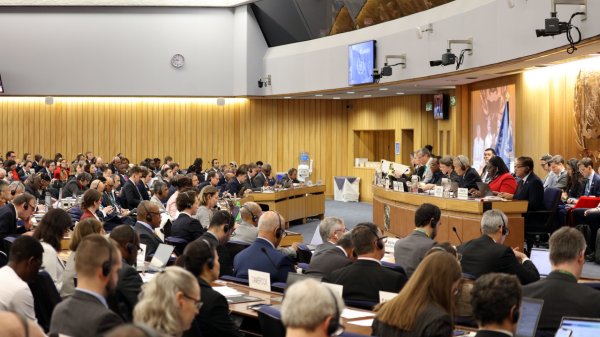
|
IMO approves pricing mechanism based on GHG intensity thresholds
Charges to be levied on ships that do not meet yearly GHG fuel intensity reduction targets. |
|
|
|
||
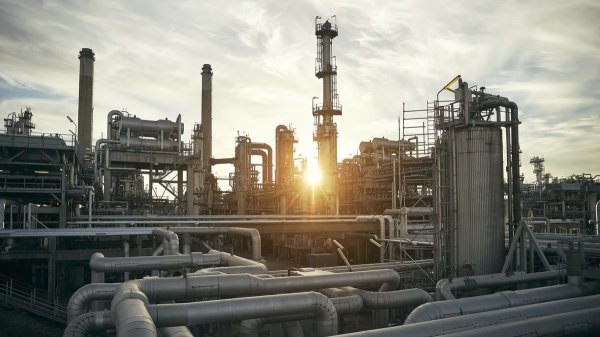
|
VARO Energy expands renewable portfolio with Preem acquisition
All-cash transaction expected to complete in the latter half of 2025. |
|
|
|
||
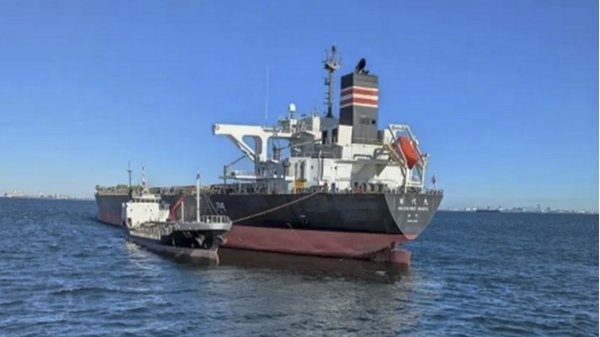
|
NYK trials biofuel in milestone coal carrier test
Vessel is used to test biofuel for domestic utility company. |
|
|
|
||
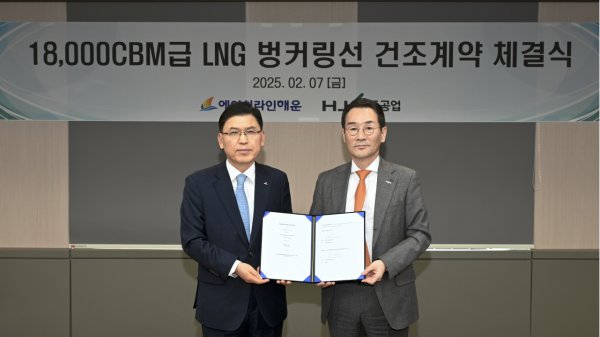
|
H-Line Shipping orders LNG bunkering vessel
Vessel with 18,000-cbm capacity to run on both LNG and MDO. |
|
|
|
||

|
How to engineer and manage green shipping fuels | Stanley George, VPS
Effective management strategies and insights for evolving fuel use. |
|
|
|
||
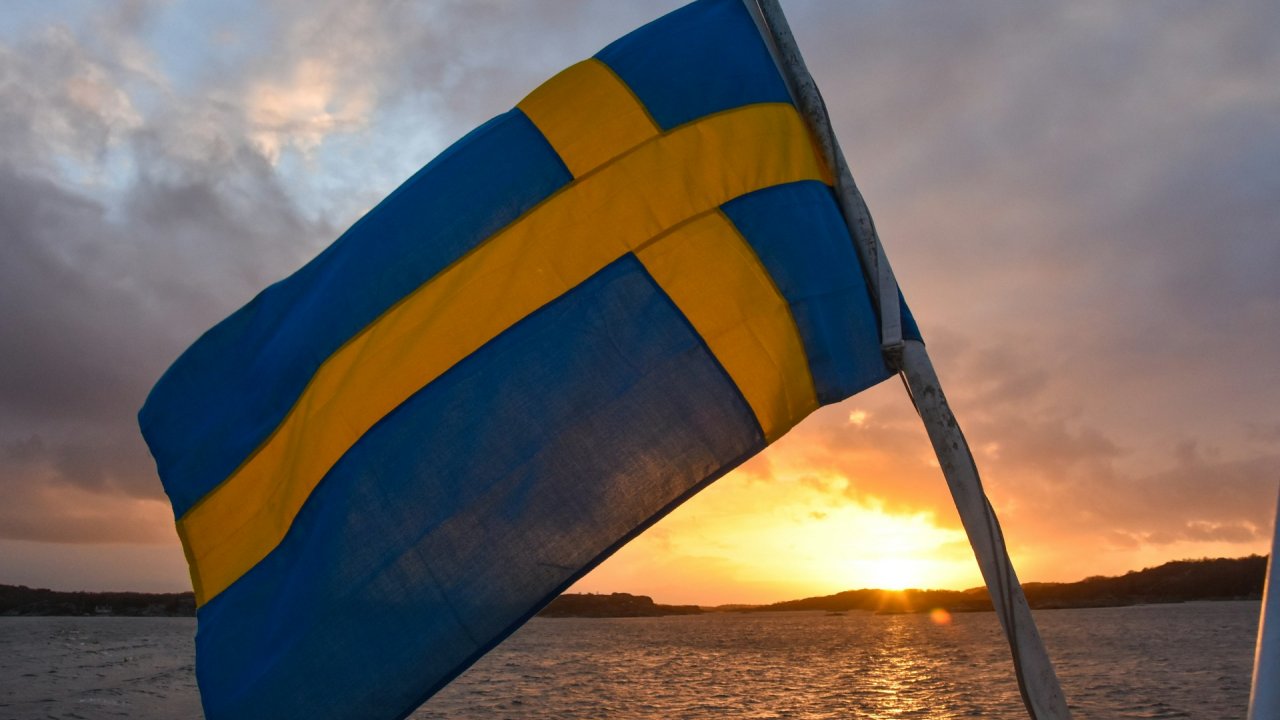
|
Swedish government bans scrubber wastewater discharges
Discharges from open-loop scrubbers to be prohibited in Swedish waters from July 2025. |
|
|
|
||
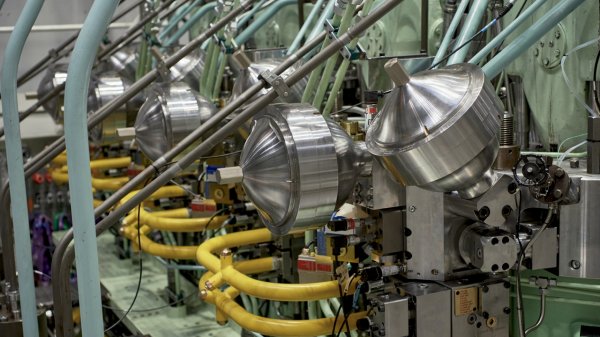
|
MAN Energy Solutions achieves 100% load milestone for ammonia engine
Latest tests validate fuel injection system throughout the entire load curve. |
|
|
|
||
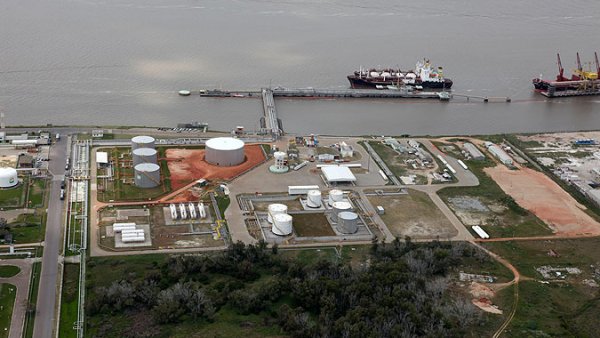
|
Petrobras secures ISCC EU RED certification for B24 biofuel blend at Rio Grande
Blend consisting of 24% FAME is said to have been rigorously tested to meet international standards. |
|
|
|
||
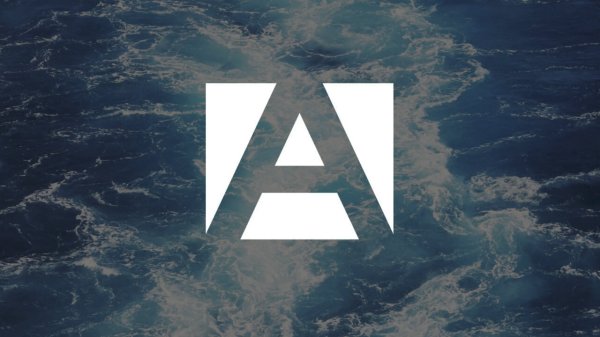
|
Stolt-Nielsen to fully control Avenir LNG with acquisition
Share purchase agreement to buy all shares from Golar LNG and Aequitas. |
|
|
|
||
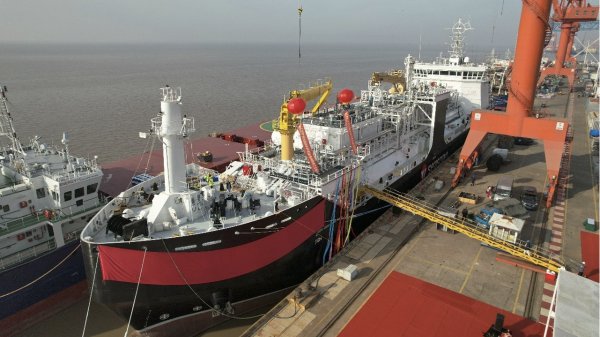
|
Bureau Veritas supports launch of CIMC SOE's LNG bunkering vessel
Handover of Seaspan Energy's cutting-edge 7,600-cbm vessel completed. |
|
|
|
||
Related Links
- · Fuel-saving rotor sail business gets EUR 3m funding [Insights]
- · Cutting fuel consumption with new wind propulsion solution [Insights]
- · Production of first EnergySail begins at factory [Insights]
- · Finland [Directory]

